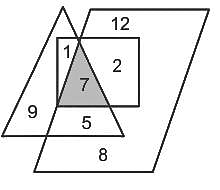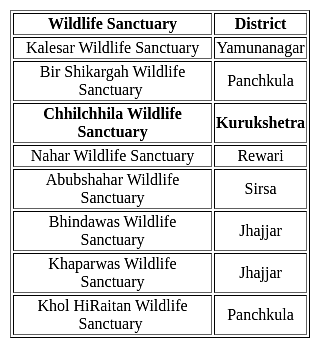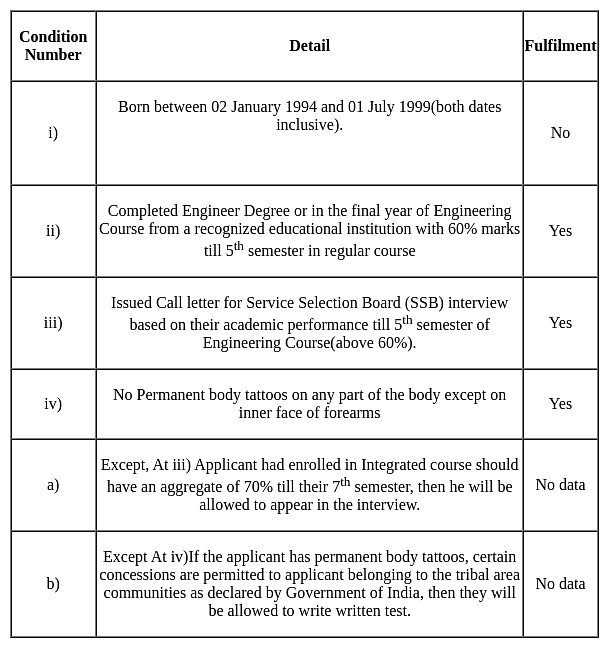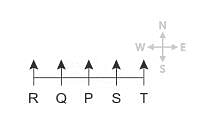APSC JE CE Paper 1 Mock Test - 3 - Civil Engineering (CE) MCQ
30 Questions MCQ Test - APSC JE CE Paper 1 Mock Test - 3
The term Sudra is mentioned in the Rig Veda only once. How many times does the term ‘Vaisya’ appear in the Rig Veda?
Find the number which is common to all three figures.
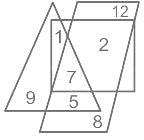

| 1 Crore+ students have signed up on EduRev. Have you? Download the App |
Find out the Synonym of the following word:
RECKLESS
Utkal Diwas 2024, recently seen in news, is related with which state?
Find out the Synonym of the following word:
BRIEF
Select the number which can be placed at the sign of the question mark (?) from the given alternatives.

Direction: In these Questions, Out of the four alternatives choose the one which can be substituted for the given words/sentence.
Words written on a tomb
Which of the following is not an agent of erosion and deposition
Consider the following statements about the religious and social life during the Gupta period:
- Brahmanism came to the forefront, with a significant emphasis on the worship of Shiva and Vishnu.
- Buddhism received considerable royal patronage, similar to Brahmanism, during the Gupta era.
- The Gupta period witnessed the composition of influential texts such as the Vishnupurana and the Bhagavad Gita, reflecting the era's religious and philosophical advancements.
How many of the statements given above are correct?
Directions: In each of the following questions, a sentence has been given in Active (or Passive) Voice. Out of the four alternatives suggested, select the one that best expresses the same sentence in Passive/ Active Voice.
India won freedom with the blood and sweat of hundreds and thousands of Indians.
Direction: A word in capital letters is followed by four words. Choose the word that is most nearly opposite in meaning to the word given in capital letters.
RAMPANT
Which one of the following Mauryan provinces had a foreign Governor?
Manav born on 03 December 1999, is in final year of Engineering of a Regular Course, with an aggregate of 75% till his 5th semester, he has permanent body tattoo on his inner face of forearm.
If the birth rate is high and the death rate is low in a country then the population pyramid will
When is the International Day of Older Persons celebrated?
Which country's navy participated in the Varuna-23 naval exercise with the Indian Navy in Phase-II?
Select the incorrect match in terms of correct waste management practices.
The nuclear energy in nuclear reactor is produced by
P, Q, R, S and T are sitting in a straight line facing the North. P sits next to S but not to T. Q is sitting next to R, who sits on the extreme left corner. Who sits to the immediate left of S if T does not sit next to Q?
Which of these features is/are necessary to provide the basic rights to the citizens?


